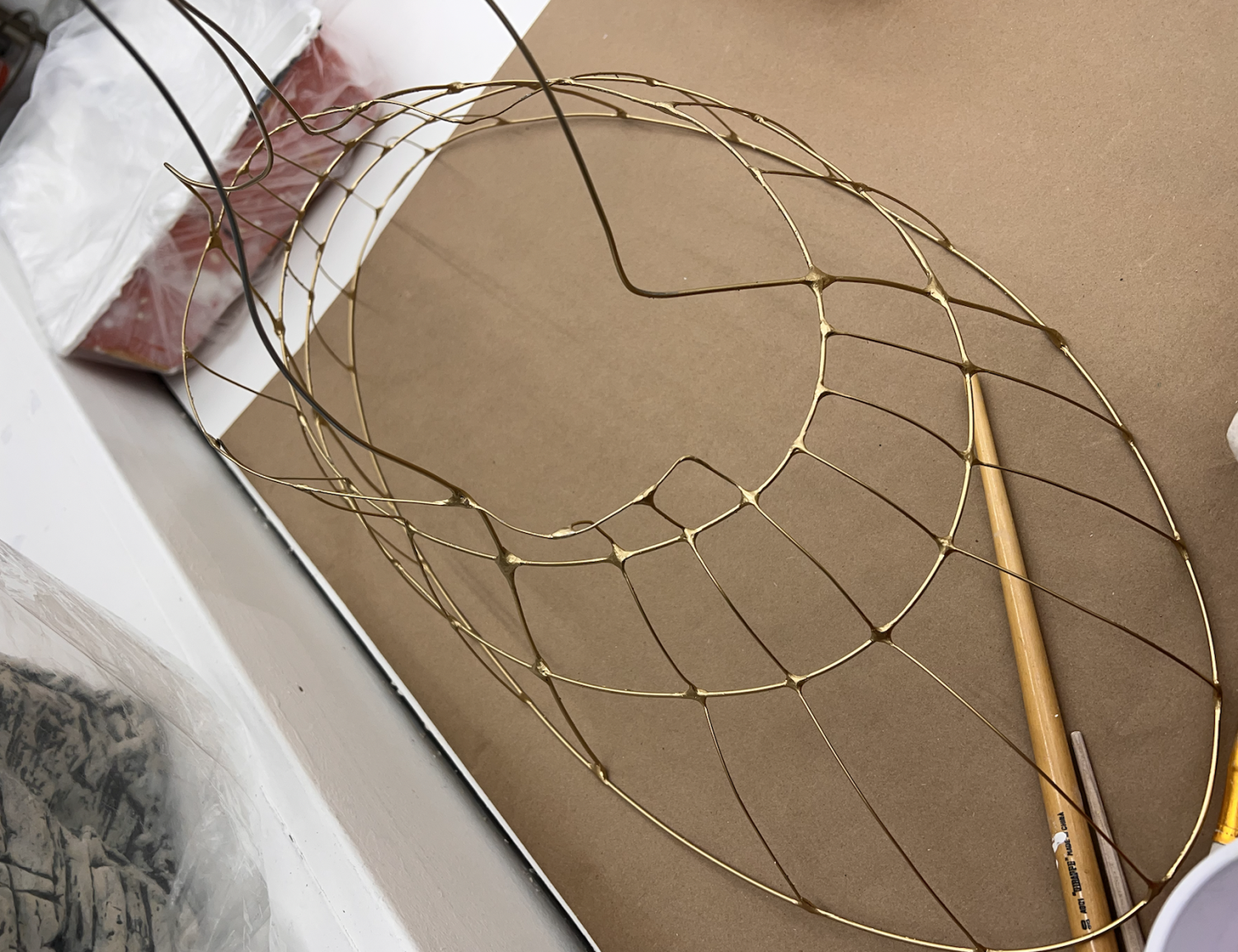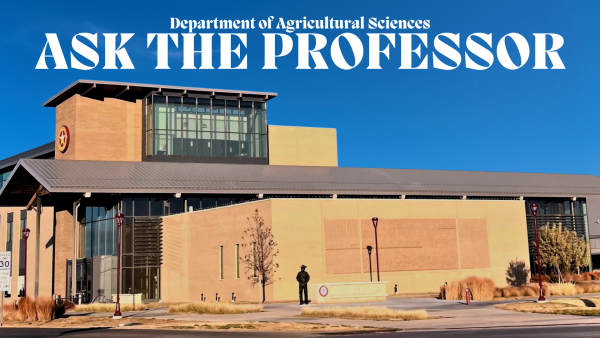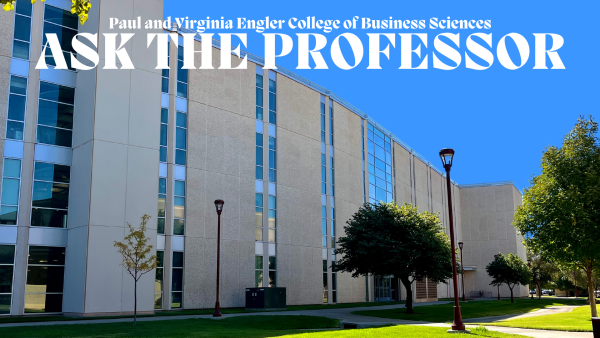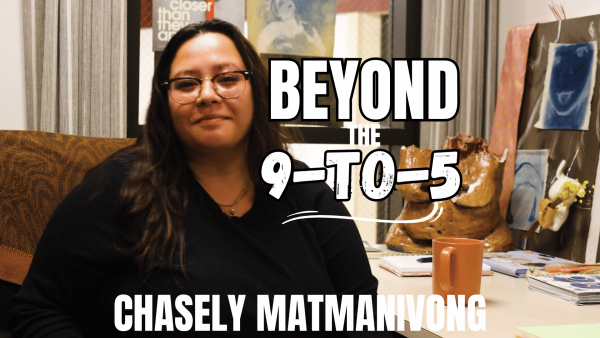Ask the Professor: Assistant Professor of Art, Misty Gamble
Misty Gamble is a West Texas A&M University assistant professor of art with a research focus on ceramics. Gamble works with sculpture, but ceramic is the prime basis for her art. Her current research focuses on the intersectionality between animals and women within the patriarchal system.
Gamble has been a vegan for seven years, and in her current research, she has found a connection between veganism and feminism.
“I read a book called The Sexual Politics of Meat by Carol J. Adams which started this new phase of research,” Gamble said. “It’s a seminal critical theory book on the intersection of feminism and veganism. Most of my work previous to this reading was about issues surrounding womanhood.”
Seminal feminist texts are those at the forefront of the field of study. Gamble was inspired by multiple works, including one of Larry Flynt’s “Hustler” covers.
“I’m dealing with animal parts, part of a woman and then the figure itself almost like a pedestal or armature to hold up gigantic coiffures with reverse 18th century hoop skirts filled with parts of a chicken,” Gamble said.
Gamble’s research is concerned with the culture of consumption as it relates to animals and women.
“I’m thinking about consumptive culture, which brought us to this place in time,” Gamble said. “I look at consumption in general, and of an animal and the consumptive gaze upon the female form. I also think and read about the connection between meat eating and the patriarchy, and critical theory like the absent referent, ecofeminism, intersectionality.”
Gamble gains inspiration from popular culture for the appearance of her sculptures as well as the background research for her artwork.
“I appropriate color palette from chickens, and sometimes inspirations as remote as David Hockney’s pool painting series,” Gamble said. “I look at hair, as decoration and symbol, and the female form.”
Gamble also has a variety of ways to test the pieces of the sculpture before they are finished, and she has the help of graduate assistants to cast the pieces once they are fired. Casting in art refers to melting down material, and firing brings the pieces to a high temperature after they are glazed.
“And finally, after literally hundreds of tests,” Gamble said. “I decide on what surface I’m going to accomplish for each piece. I build up the surface with color and value and then fire it on to 1800 degrees, sometimes fifteen rounds of firings… which is very different than painting.”
Gamble has a website where she goes into more depth about the background behind her art work.
“I like the idea of using installations of multiples and mixed media where meat is used as embellishment in elaborate meat bouquets” Gamble said. “That’s my vocabulary. And then I think about different ways to put it all together.”

















